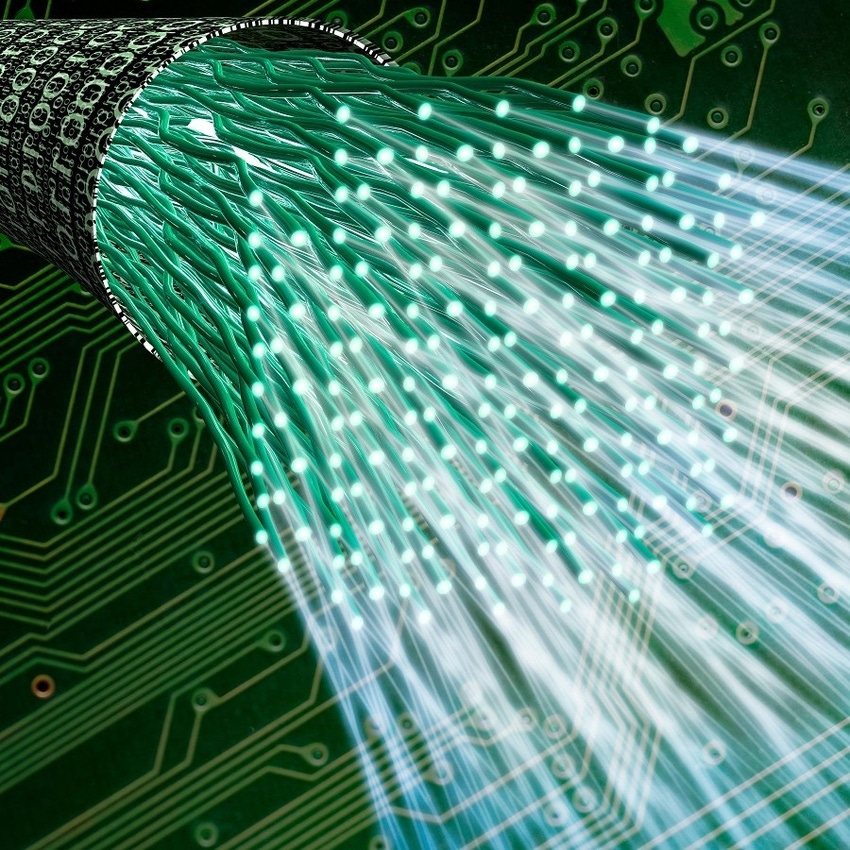Looking ahead: What's next in the cable access network
DAA, virtualization, network convergence, initial deployments of DOCSIS 4.0 and the rise of the remote OLT will all play roles in shaping the cable access network in 2023.

The early phases of the pandemic caused cable operators to put plans for upgrading their access networks on the back burner as they instead focused on beefing up capacity on existing hybrid fiber/coax (HFC) networks. But that picture changed dramatically in the second half of 2022 and will likely change even more in 2023 as cable operators push ahead with a wide range of upgrades.
Action is expected to include deployments of a distributed access architecture (DAA), network virtualization, upstream capacity improvements and even some initial deployments of DOCSIS 4.0. Tied in, expect to see an uptick in deployments of remote OLTs (optical line terminals) that enable cable operators to deploy fiber-to-the-premises (FTTP) capabilities from the node on a targeted basis.
Figure 1:  (Source: the lightwriter/Alamy Stock Photo)
(Source: the lightwriter/Alamy Stock Photo)
DAA activity picked up in the third and fourth quarters of 2022 and should increase in 2023 as cable operators start to prepare their access networks for DOCSIS 4.0, a new platform for HFC that will deliver symmetrical multi-gigabit speeds, enhanced security and lower latency.
Comcast has been out in front with DAA, but other major operators, including Charter Communications, have made critical architecture decisions for their respective DAA networks.
2023 is also sizing up to be a strong year for the remote OLTs that enable both cable operators and telcos to deploy FTTP off the node in brownfield and greenfield deployments.
"Next year, remote OLTs will really kick in," predicts Jeff Heynen, VP of broadband access and home networking market research at Dell'Oro Group.
Figure 2:  The CommScope XE4202|XE4202 Remote OLT can be used in fiber nodes linked to a distributed access architecture.
The CommScope XE4202|XE4202 Remote OLT can be used in fiber nodes linked to a distributed access architecture.
(Source: CommScope)
Virtualization of the cable access network is also heating up. Dell'Oro found in a recent survey of 50 cable operators worldwide that all expect to have deployed or will be planning to deploy a virtual cable modem termination system (vCMTS) architecture in their networks within the next 24 months.
Next year will also reveal some early signs of DOCSIS 4.0 in the field. Most notably, Comcast will start to use the platform to introduce symmetrical multi-gigabit speeds in 2023, a stepping stone toward a broader D4.0 deployment that will cover more than 50 million homes and businesses before the end of 2025.
Another trend that will increase is network and service convergence as more cable operators get into the wireless game with either mobile or fixed wireless access (FWA) services. Charter, for example, is already exploring how a common or converged core, based on 3GPP, can manage both wired and wireless networks.
Boiled down, cable upgrade activity won't necessarily be uniform across operators – in fact, some are pursuing FTTP overlays that skip D4.0 all together. But it's clear that overall cable network upgrade and buildout activity will accelerate as operators look to fend off broadband competition and deploy networks in adjacent areas, into strategic greenfields and, in some cases, to unserved or underserved rural areas that are linked to government-funded programs.
Related posts:
— Jeff Baumgartner, Senior Editor, Light Reading
About the Author(s)
You May Also Like












